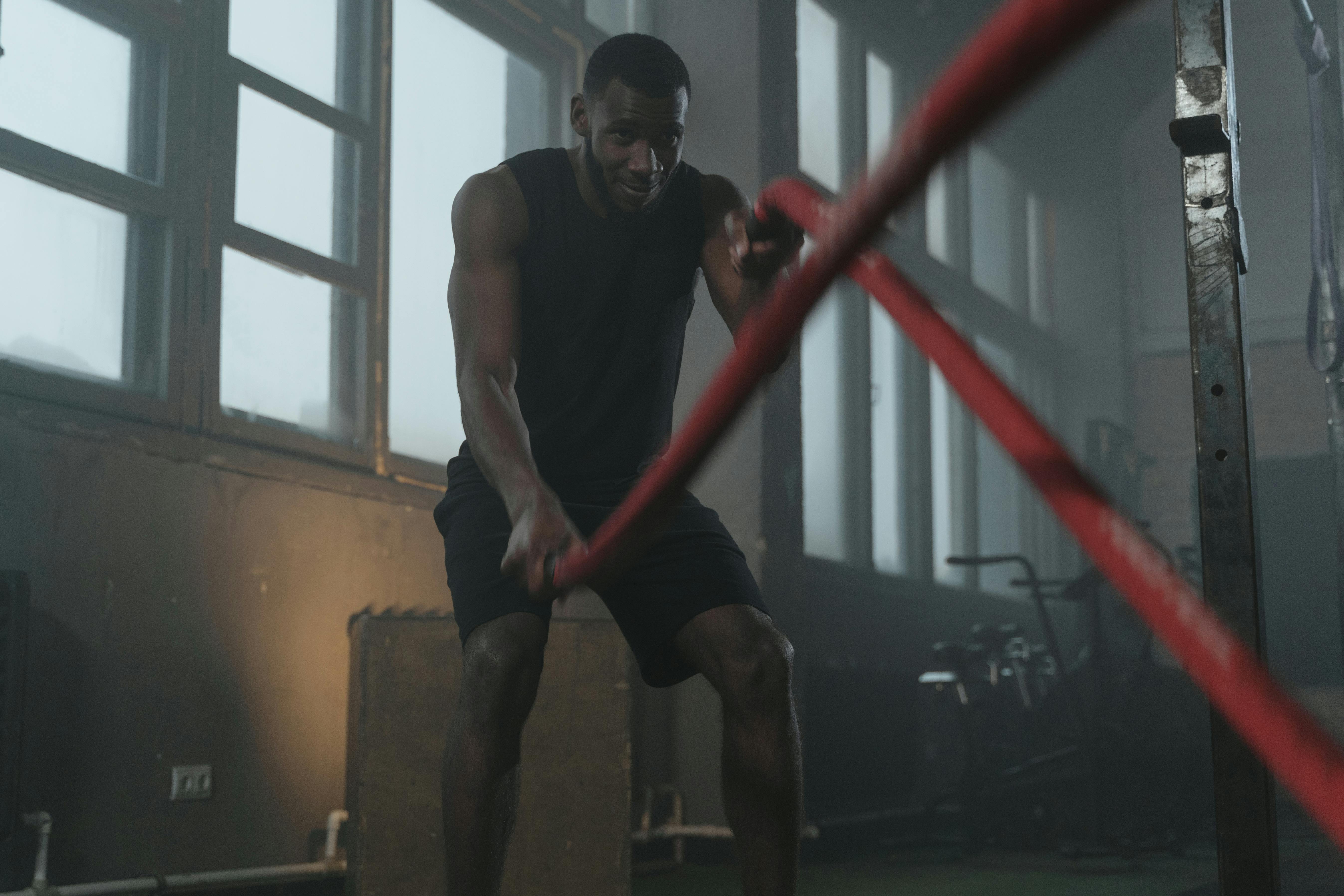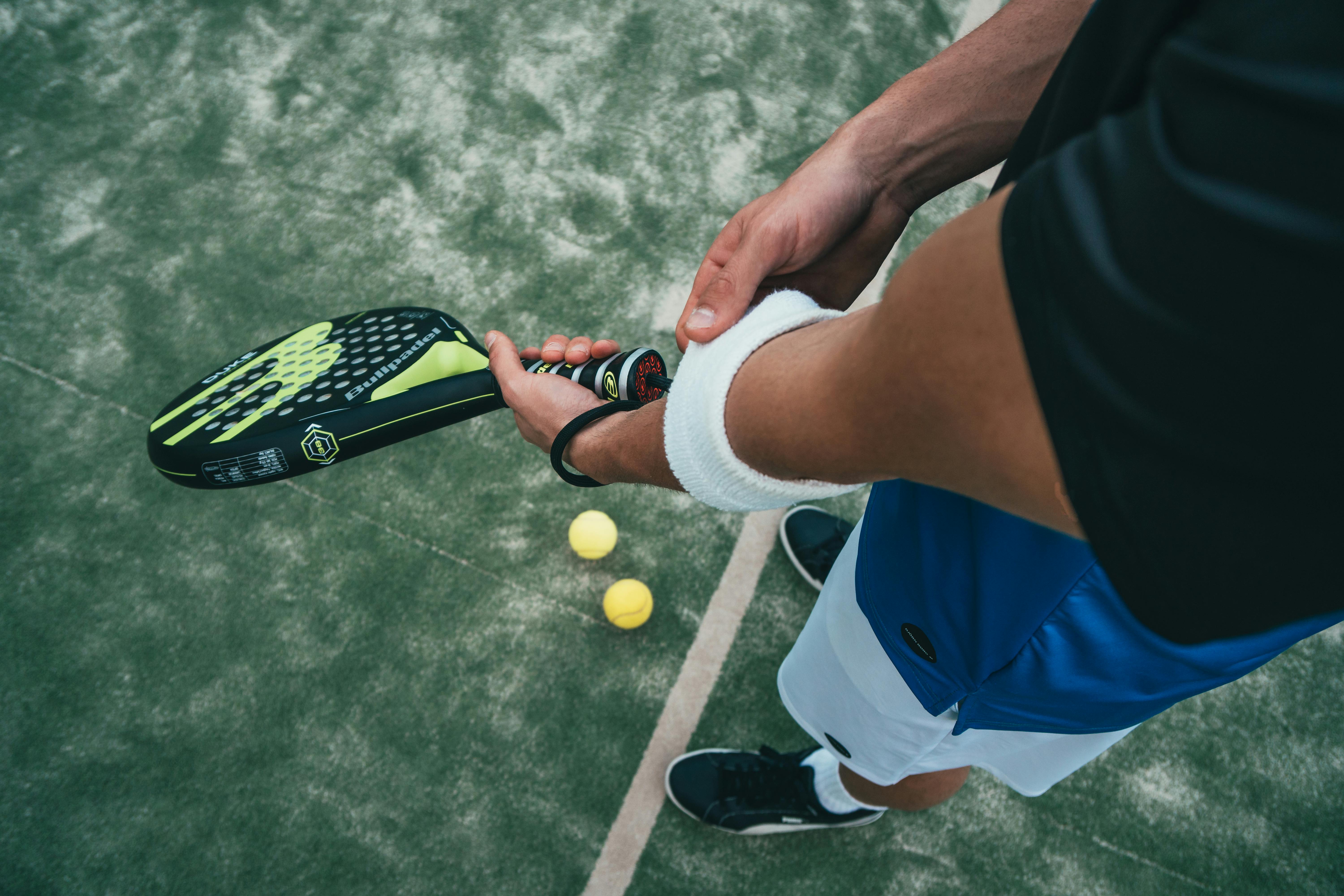
Ten tips to change your drinking habits
If you want to change your drinking habits, AA and total abstinence are not your only options. Research from the National Institute on Alcohol Abuse and Alcoholism shows that most people who change their drinking habits do so without AA or without rehab. Many decide that quitting altogether is their best option, but many, if not more, solve their problems by cutting back or becoming safer drinkers.
1) Safety comes first
If you have engaged in any unsafe behavior while drinking alcohol, such as drunk driving, having unprotected sex, dialing while intoxicated, or any of many others, there is a way to help you avoid it in the future. Get a piece of paper and make a list of the risk behaviors you have engaged in and rank them in a hierarchy; Remember that the most important thing is to avoid the most risky behaviors first. Then make a written plan to avoid your high-risk behaviors before you have your first drink. For example, if you want to have a drink in a bar, take a taxi there so that you have to take a taxi home. You cannot drive if your car is not there. Remember: think before you drink. It is always a good idea to put safety first. The life you save can be yours.
2) Decide what kind of drinker you want to be
Many people find that quitting alcohol completely is their best option. No matter how much or little you drink, anyone can choose to abstain from alcohol entirely. Others find that drinking moderately is their best goal and will choose to aim to drink moderately and never get intoxicated. Even those people who are unwilling or unable to abstain from drinking until intoxication can sometimes work toward becoming safer drinkers by planning ahead. Drinking safer can be an important harm reduction goal for these people, as any plan to be safer is always an improvement over dangerous alcohol consumption. Drinking safer, cutting back on alcohol, or abstinence from alcohol are all legitimate harm reduction goals and are better than making no changes at all. Also remember that your goal is not set in stone – many people who choose goals to drink safer or cut back later decide that switching to abstinence is their best option. Life changes and it is good to be flexible and change with it.
3) Add a few days without drinking
Many people find that having several alcohol-free days a week helps them keep their habit under control. If you’ve been drinking every day for a long time, you may find that adding even one non-drinking day a week can help you get started on your switch plan. Feel free to go at your own pace to add alcohol-free days to your week. Warning: If you have been drinking heavily every day for a long time, you may be withdrawn from alcohol if you stop drinking all at once. If you start having withdrawal symptoms when you stop drinking, the safest thing to do is taper off, check a detox, or get some medications from your doctor to help you with alcohol withdrawal.
4) Count and record how much you drink
One of the best ways to control your drinking is to count your drinks and keep a daily record on a calendar or some other type of drink chart. To keep an accurate record of how much you drink, you will need to learn what a standard drink is. In the US, this is a twelve-ounce beer with five percent alcohol or a five-ounce glass of wine with twelve percent alcohol or one and a half ounces of 80 proof alcohol. A drink in a bar can hold up to half a dozen standard drinks, so be careful of this when registering your drinks. Practice measuring at home to get an idea of how much a standard drink really is. Write your drink numbers on your calendar every day; if you have a day of abstinence, enter a zero. Many people find that the act of creating graphics itself helps them cut out.
5) make a drinking plan
You can use the same calendar that you record your drink numbers on to plan how many drinks you will have on any given day. For example, you may want to set aside every Sunday to make your drinking plan for the next week and write down which days you will be alcohol-free and how many drinks you intend to have on your drinking days. Some people may want to have the same plan every week and will choose to write it only once. For example, a person may choose to drink safely at home every Saturday night and abstain the other six days of the week. There are as many different possible drinking plans as there are people, so feel free to make the right plan for yourself.
6) Make a list of pros and cons
Take out four sheets of paper. In the first, write the advantages of your current drinking habits and in the second, write the disadvantages. In the third, write the advantages of your planned change and in the fourth write the disadvantages. Don’t be afraid to say that there are positive things about alcohol; If you try to suppress the positive aspects, they will remain in your subconscious and cause problems for you later on. If you bring this out now, you may recognize it and may find other positives to substitute for the benefits you get from alcohol. Feel free to do the pros and cons list frequently; Each time you write them, you will strengthen your determination to change.
7) Take a break from drinking
Some people find that the best way to initiate a change in their drinking habits is to have a period without drinking. Stopping drinking for a week or two or even a month or two can go a long way toward improving your relationship with alcohol. A period of alcohol-free time will give you the opportunity to deal with all of your old nonalcoholic drinking situations, and you will learn new ways to deal with these situations without drinking alcohol.
8) Make a list of ways to have fun without drinking
There are limitless ways to have fun without alcohol, from swimming to knitting to the New York Times crossword puzzle. Get out a sheet of paper and make a list of fun things you can do without alcohol and keep it handy to refer to when you feel the need to break your drinking plan.
9) accentuate the positive
Don’t beat yourself up if you don’t follow your plan perfectly. Research shows that most people don’t get it perfect the first time. Making a change usually takes multiple attempts and there are a few mistakes along the way to achieving your change goal. If you hit yourself from a small slip, you can feel so miserable that you want to drown your sorrows in alcohol, and as a result, you can end up making a big mess. The people who achieve long-term success are the ones who praise themselves for every positive change. If you decide to go a month without alcohol and make it to ten days, be sure to praise yourself for those ten days of abstinence from alcohol; you will never lose them. Don’t waste a lot of time beating yourself up for missing the full thirty days, get back on the plan right away, whether you decide to finish the remaining twenty days, go for thirty consecutive days, or opt for an entirely new plan.
10) Have a “Plan B” in place
Slips are the norm when people try to change their habits; only the minority make the switch completely the first time. But having a piece of chocolate cake doesn’t mean you have to eat the whole cake. A drink doesn’t have to mean a drunk. If you plan to abstain but slip up and decide to have a drink, be sure to do so safely; If you go out in your car, first take your car home and take a taxi to the bar. Have your plan B in place so you stay safe even if you slip up. A backup plan is essential whether your goal is to drink safer, cut down on alcohol, or stop drinking altogether.
Always remember that better is better. Any improvement you make on your old drinking habits, no matter how small, is a success!




No Comment